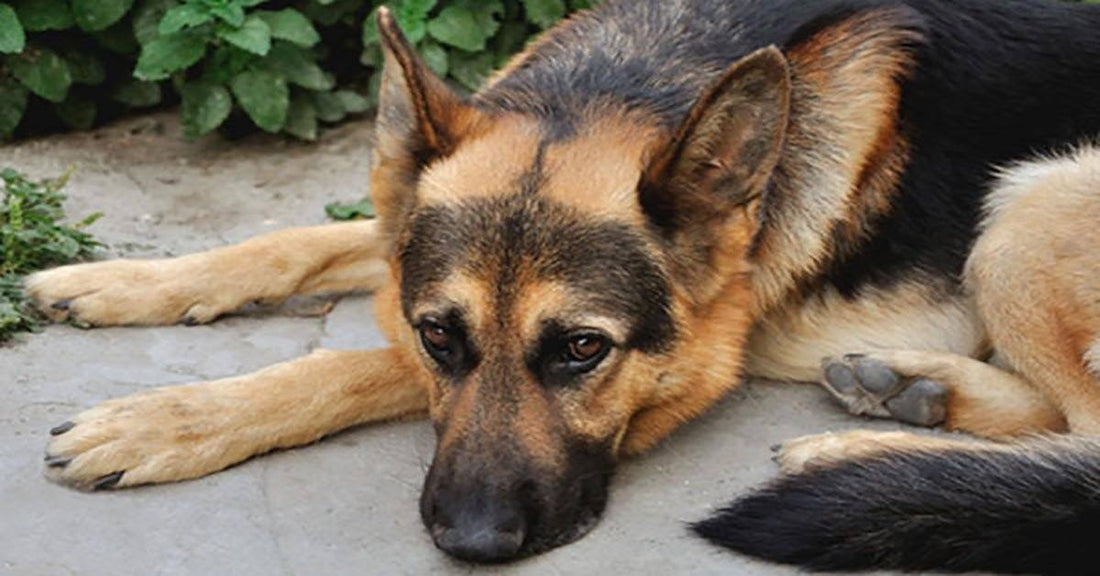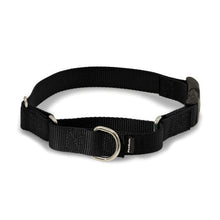How to Help Your Shy and/or Nervous Dog

Dogs are just like humans. They have many of the same emotions we do, as well as some of the same anxieties. These include feelings of insecurity, shyness, and nervousness. Some cases of anxiety are mild, and can be handled with some thoughtful application of aid from an owner, but some cases are much more severe, and in those cases it is best to find a trainer or program that can be tailored to your dog’s specific case. These tips are for those dogs with mild cases of fear or anxieties. If your dog suffers from severe anxiety, we suggest seeing your veterinarian and discussing a plan to get your dog in a better mindset.
Identifying Anxieties, Fear, or Shyness.
If your dog is suffering from some sort of anxiety, there are certain signs you will want to watch for. Many trainers call these signs threshold behaviors, meaning the dog has just become alert to something that worries, frightens, or upsets them. These signs include:
- Closely watching an object, person, or situation.
- Obsessively watching an object, person, or situation without blinking.
- Heavy breathing.
- Leaning away from the source of her/his anxiety.
- Prancing with their feet.
Once your dog begins to show these signs, it is time for you to get your dog away from his/her anxieties as soon as possible. Calmly walk your dog in the opposite direction of the situation. You may not be able to avoid every situation that would cause your dog anxiety or discomfort, but do your best to avoid as many as you can. If your dog becomes frightened, they could hurt themselves. So, unless your dog begins to explore on his/her own, it is better to remove them from the situation. The key is to do it calmly. Dogs pick up on human emotion, and if you are anxious for your dog, it may just cause more anxiety.
Helping Your Dog When Showing Bravery
If your dog does become curious about something that they are usually scared of, do not push them into being around it more than they want to be. It is okay to reward your dog, encourage, and engage with the object/person/situation while retaining a positive and calm attitude, but that is as far as it goes. It is very tempting to drag your dog even closer to the source of their curiosity, but that can very easily become the undoing of their curiosity in that situation. Do not push your dog into engaging with whatever it is they have decided to explore. Let them decide when they are finished. They will come back later.
Helping Your Dog with People
If your dog finds being around people to be a difficult task, there are a few ways you can help your dog get past their anxiety. Use caution when around people, especially if the person is a stranger, and your dog is being cautious about said person. Many people, especially those who love dogs and don’t have trouble with dogs, will completely miss that a dog isn’t so keen on them. People will often say, “Oh, dogs love me!” or “Oh, she wouldn’t hurt a fly!” Then that person bends over to touch your already judgmental dog, which is probably going to throw them over the edge of their comfort zone. At the least, it will scare your dog into an even deeper fear of strangers. At the most, your dog could attack or bite the person, and that’s a whole other monster to deal with!
Lastly, try routines. A dog who gets easily upset will often times react negatively to a change in their routine, or even worse if there is no routine set in place. Establish clear routines for your pet, try not to make huge changes to your home, and when introducing a new family member, friend, or pet be sure to make the adjustment as calmly and smoothly as possible by integrating that new person or pet into the already current routine. Do the best you can to stick to the routine you have chosen. Do this, and you (and your pooch) will have a lot more fun and a lot less stress.
What are some tricks you use with your anxious dog? Do you have a routine or schedule to help your nervous dog? Let us know your thoughts in the comment section of our Facebook page! We love to hear from you!
























